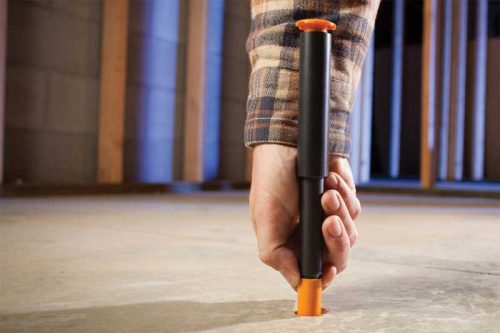General Contractors and the entire construction team including project managers and owners used to have to wait at least 72 hours when conducting the Relative Humidity test to take a reading which would detect excess moisture in a concrete foundation. Today, based on updated standards the Relative Humidity test only requires a 24 hour wait, which can greatly improve project timelines.
Laying flooring over concrete with excess moisture could have lasting negative and costly impacts on the finished product. Detection of excess moisture is best done upfront during the construction phase, before any flooring is put down.
The standard practice for testing moisture levels in concrete is known as the Relative Humidity (RH) test, which has been around since 1929. While huge strides were made between 1929 and 1980 in how the test was performed and the types of tools used, the standard for the RH test since 1980 has been a 72-hour wait between the administration of the test and when the reading could be taken.

In 2014 ASTM International commissioned a study to determine how soon an RH sensor could return an accurate and actionable result. During the study, analysis revealed that readings taken at the 24-hour mark and the 72-hour mark were statistically equivalent. Further studies verified the accuracy of these readings and as of 2018 an update was made to the RH test standards stating that the readings can now be take only 24 hours after administering the test.
These updated testing standards should be viewed as a win-win. If the readings come back as low moisture detected, general contractors and flooring specialists can get started on installing the flooring two days sooner than under the prior testing standards. If readings come back as high moisture detected the building team also now has additional time to establish a plan of action.
Continue reading this article: Changes to Concrete Standards: How they clarify your choice of test methods for more information on the RH testing practice and its complete history.


